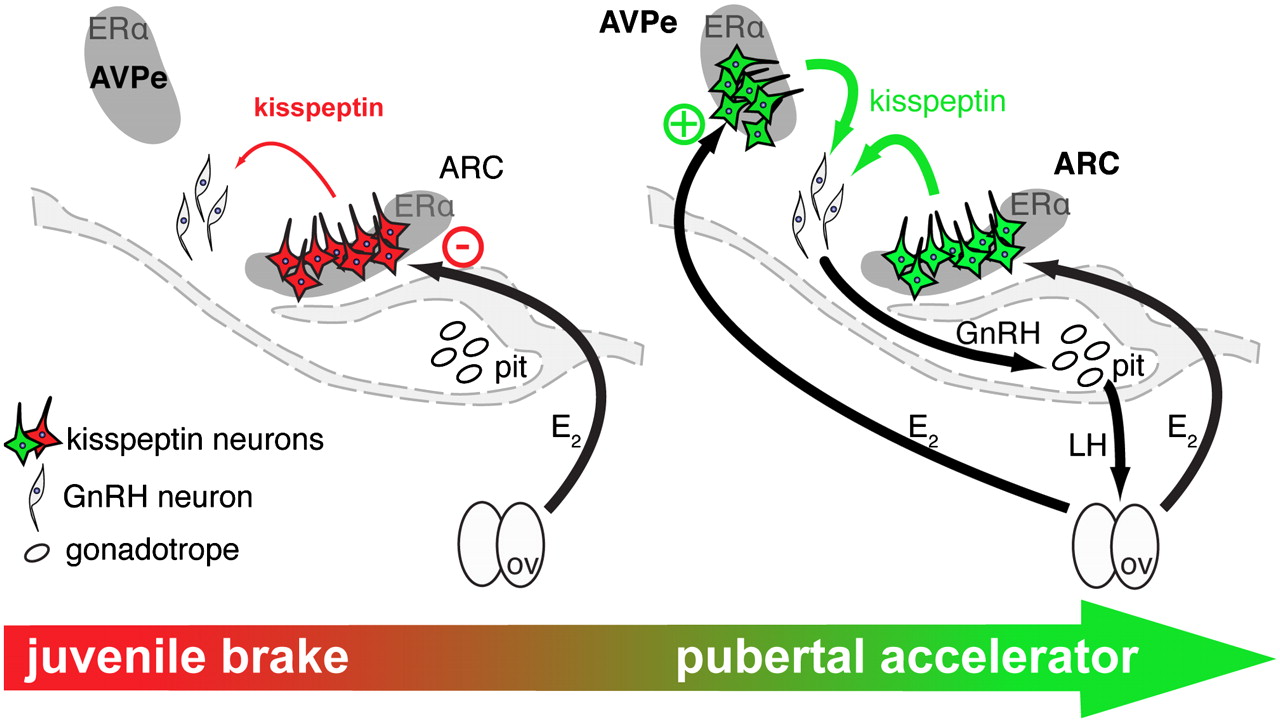Biology of Reproduction, lecture on Fertilization Systems
XXI. Fertilization systems: Strategies for Sexual Reproduction
A. Mechanisms for combining ova with spermatozoa
1. not all reproduction is sexual
a. parthenogenesis
i. no males
ii. eggs in parthenogenetic females are diploid
(1) clone
B. External
1. usually happens in water
2. many gametes are lost
3. e.g. some fishes & frogs (not all)
C. Internal
1. via intromittent organs
2. spermatophore
a. e.g. salamanders and newts:
3. cloacal apposition
a. birds
D. Intromittent organs
1. by which males deliver sperm into the vagina
2. sharks - copulatory organ = claspers
a. derived from part of the pelvic fin
(not homologous to the penis)
b. sperm conducted in a groove
3. teleost fishes - gonopodium
a. derived from anal fin
b. grooved
4. frogs (fast moving streams)
- intromittent organ derived from tail tissue
5. hemipenis (half), 2 hemipenes
a. some reptiles
b. homologous with penis
c. bilateral
i. used alternately
ii. each hemipenis contiguous with only one testis
6. penis
a. derived from urogenital sinus tissue
b. marsupials have 2
i. bilateral
c. hemotumescent
ii. NO dilates capillary vessels- sphincter
(1) made in vascular epithelium, neurons
